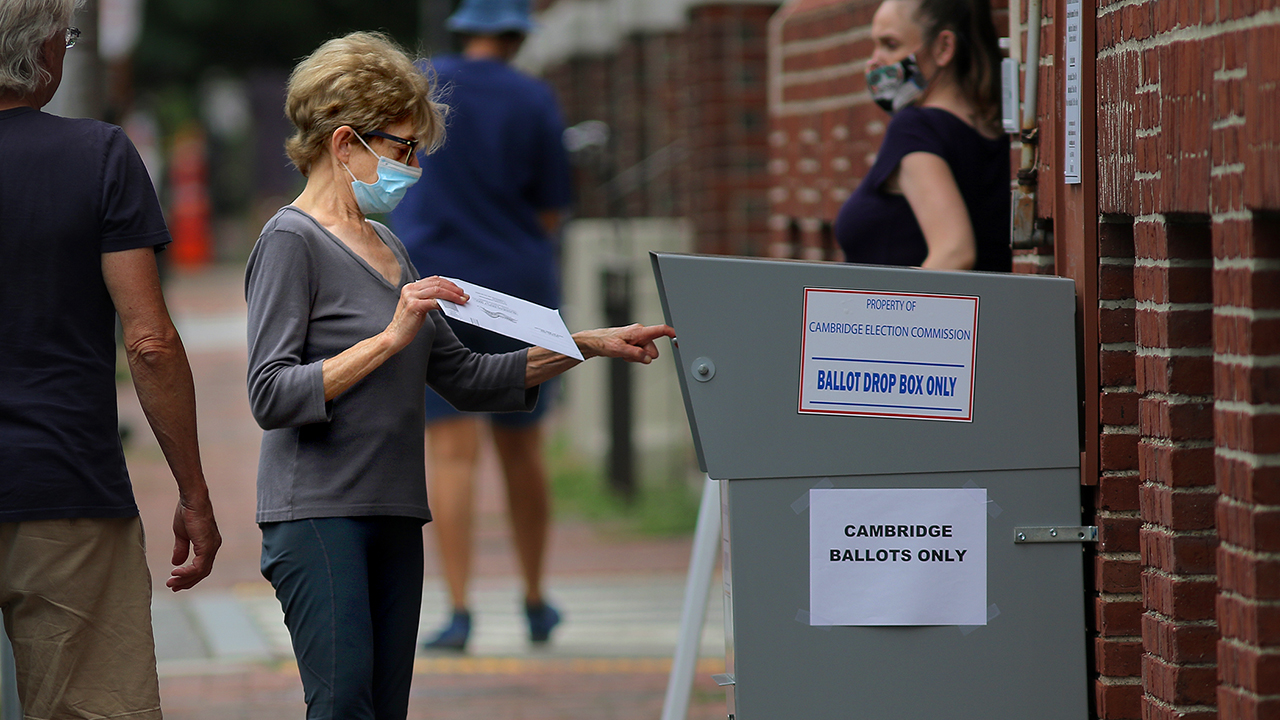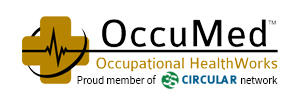Election Day is November 3rd, but this year, it falls in the unprecedented time of COVID-19. Because of this, the voting process is going to look different this year. As with anything new, it likely will take some getting used to, but preparation and planning is key to making the voting experience as safe and simple as possible. Polling locations are known for being crowded, and depending on your town or city, it could be one of a very few locations where voting is available. Because of this, whether you are organizing a voting location or just planning to cast your vote, you definitely have to take some things into account before heading out the door that Tuesday.
As a Polling Location Organizer
When it comes to staffing the polls, make sure there is enough staff to cover unexpected absences, and make sure the staff knows to stay home if they are sick, have been diagnosed with COVID-19 recently, or have had close contact with someone who has been. It is recommended that all workers wear masks, even if masks are not mandatory. It is also incredibly important for polling staff to practice good hygiene, such as frequently washing their hands, including before and after their shifts and breaks, and after touching shared surfaces. Hot water and soap are ideal, but if they are not readily available, hand sanitizer with at least a 60% alcohol content will do. Also, make sure that all workers cover their coughs or sneezes, whether with the inside of their elbow or a tissue, which should be immediately disposed of.
 Signage and messaging is incredibly useful in maintaining a safe and healthy polling location. Post signs in well-traveled areas that not only inform the public of rules to follow while voting, but also educate them on how to stop the spread of and protect themselves from the virus in everyday life. Also utilize signage to remind people to practice social distancing, and provide visual cues to follow so they know they are keeping an appropriate distance. Create plans to manage lines to prevent overcrowding, and have designated entrances and exits to prevent crowding. If possible, minimize the number of lines, especially in small areas or indoors.
Signage and messaging is incredibly useful in maintaining a safe and healthy polling location. Post signs in well-traveled areas that not only inform the public of rules to follow while voting, but also educate them on how to stop the spread of and protect themselves from the virus in everyday life. Also utilize signage to remind people to practice social distancing, and provide visual cues to follow so they know they are keeping an appropriate distance. Create plans to manage lines to prevent overcrowding, and have designated entrances and exits to prevent crowding. If possible, minimize the number of lines, especially in small areas or indoors.
When setting up, arrange booths with six feet of distance between each. Try to keep the flow of people going in one direction. If possible, larger spaces with sufficient ventilation should be used, and keep windows and doors open to let air circulate, as long as it does not endanger workers or voters. Plexiglass shields can help when social distancing is difficult, such as at registration. High-touch surfaces, including voting booths, pens, tables, and voting machines, should be disinfected frequently. Be sure to keep restrooms clean, too! This virus can have an even more dangerous impact on the elderly and disabled, so find ways to create safe places for them to vote, whether it be in a secondary location or simply in a less-crowded area.
As a Voter
A lot of the guidance given to organize a safe polling location experience is important to follow on a personal level when you go to vote. Wear a mask as long as it is not medically detrimental to your health, and do your best to maintain at least six feet of distance from others at all points. Wash your hands before and after visiting the polling location, and while there, use hand sanitizer. However, do not disinfect anything yourself, particularly computers if your voting location uses them. These machines can be damaged by improper cleaning methods, so leave this up to the professionals. To speed up the process, review who and what is on your ballot beforehand so you will be able to vote swiftly, and if there are any forms you need for the process, fill them out before arriving, if applicable and if able. Bringing your own black ink pen or stylus, depending on how your polling location accepts votes, is also a good idea.
Many areas are offering alternative methods to the voting process, including mail-in ballots and early voting. Look into these and utilize

them should you feel more comfortable or if it is beneficial to your health and well-being. If you do choose to vote on Election Day, do your best to avoid crowds, so attend the polls at off-hours. If your voting location is easily accessible, consider driving by and only joining when the line is short. And, most importantly, if you believe you have been exposed to COVID-19 or are currently infected, or even if you just are not feeling well, do not go to vote. If you have any questions or concerns about specific procedures in place in your area, call your local town offices for more information.
Everyone knows that voting is a civic duty, but so is keeping yourself and others safe and healthy, especially in the midst of the COVID-19 pandemic. By working with those around you on Election Day and beyond, taking steps to create a healthy environment and following good hygiene procedures and the guidance of health officials, we can find ourselves one step closer to seeing the end of this pandemic. Check out the CDC’s dedicated Election Day webpage with more guidance for staying healthy and safe on November 3rd.
If you have concerns about your workforce and coronavirus, please contact us today to learn about steps you can take to protect yourself, your family, and your employees. Check out some steps you can take to create safe workplace environments during the current health crisis here.


